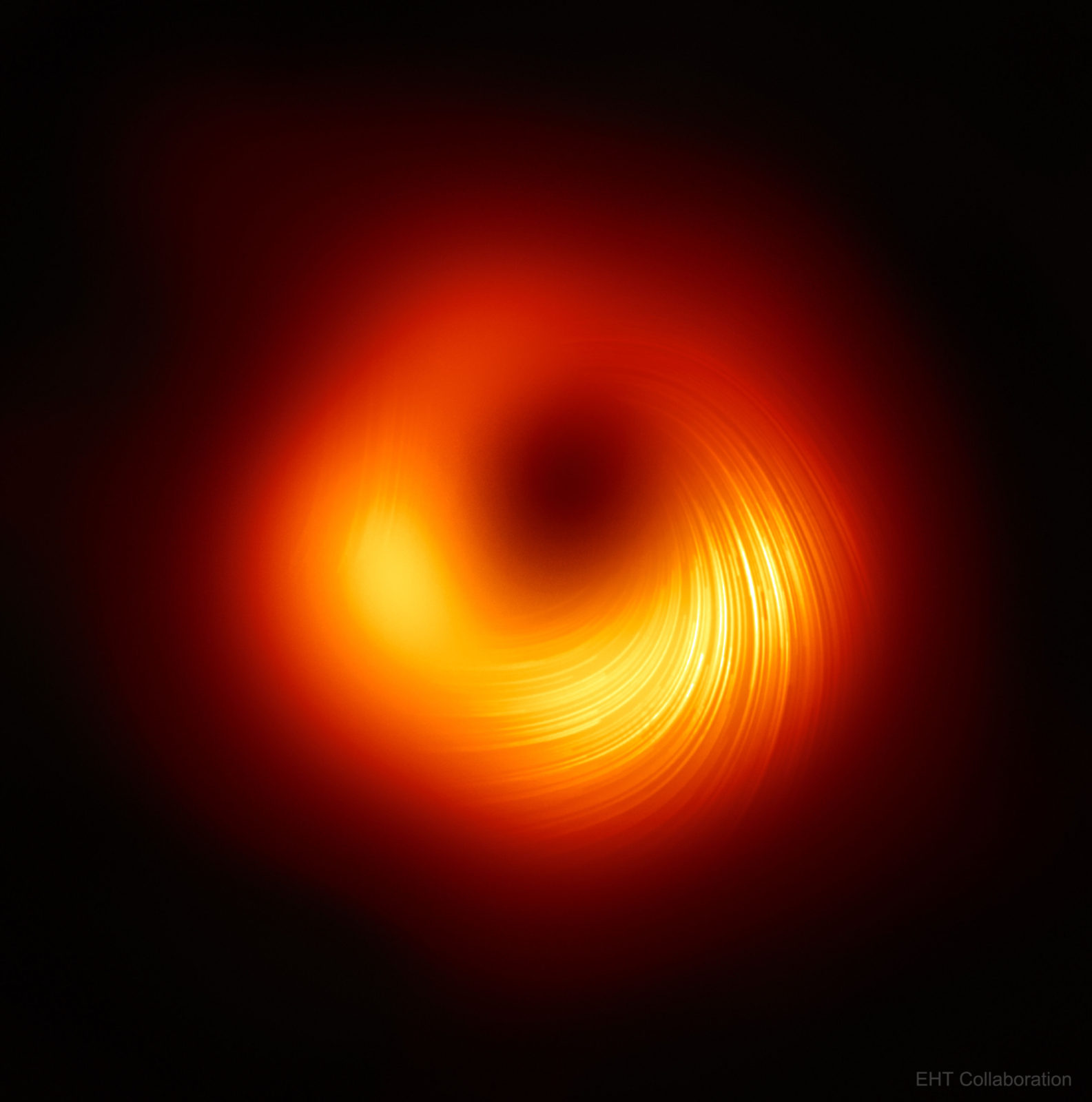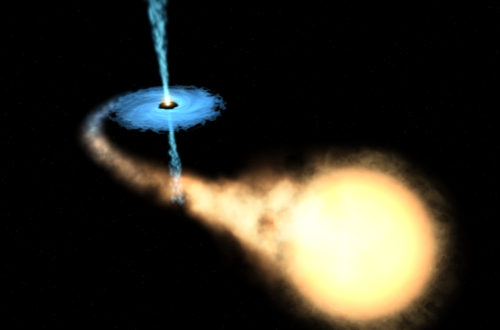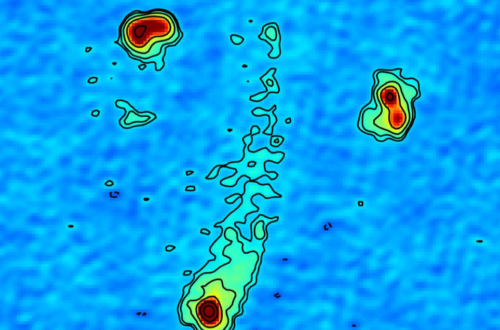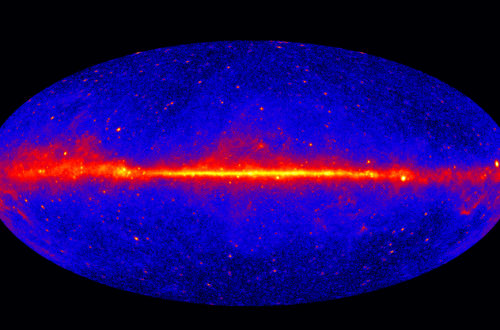This is the final part of the three part series on Spaghettification where finally black holes come into the picture!
Black Holes
Black holes are regions of space(time) where gravity becomes is so strong that that not even light can escape. The size of this spherical region is specified by a radius called the Schwarzschild radius (in honor of the German physicist and astronomer Karl Schwarzschild). The radius of a black hole is proportional to it’s mass. For example: a black hole having the same mass as our Sun (what astronomers call 1 solar mass) is like a sphere having a Schwarzschild radius of 2.8 km. In comparison the sun’s radius is about 700,000 km making black holes insanely compact!
To explore tidal forces in the vicinity of a black hole let’s bring the same rod that was near the Earth, close to a solar mass black hole (i.e., having the same mass as the sun). Let’s locate the 2 meter rod at a distance of 10 km from the black hole. What would the tidal forces / acceleration be like in this case?
We can calculate the tidal acceleration using the same formula derived in an earlier post (click here), but with a few changes. We use the black hole mass M = 2 x 1033 g (instead of the Earth’s mass), and R = 10 km. This give us a tidal acceleration of a whopping 50,711,608,000 cm/sec2 .. Comparing it with the Earth’s acceleration due to gravity (980 cm/sec2 ), the tidal acceleration is insane!
Just to give some sense of how enormous the tidal forces are near a black hole – a 2m rod feels a tidal force that is 51 million times larger than force of Earth’s gravity acting on the rod. If we just compare tidal forces in the vicinity of the black hole and Earth, then at 10 km the black hole’s tidal force turns out to be 84 trillion times stronger than the Earth’s tidal force !!
This huge tidal force will stretch and compress the rod to its breaking point. This double whammy of stretching and compressing causes the rod to become longer and thinner. This process by which the rod adopts a noodle like shape is called spaghettification.
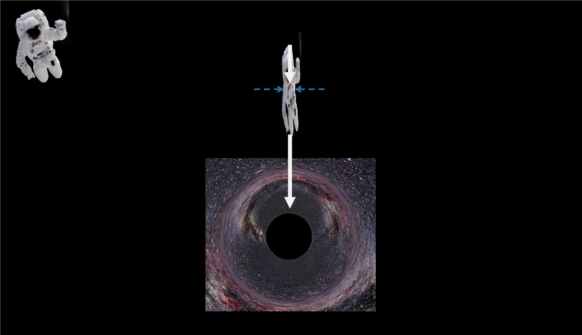
Note that the equations (and numbers) we use to calculate tidal accelerations are applicable to any object – such as a human being (who is about 200 cm tall) [see Figure 3]. In fact, at a given distance from the black hole all objects of the same size will feel the same forces and will become longer and thinner (how much they stretch and squeeze will depend upon the forces that bind the object, e.g., a chewing gum will is more malleable than steel).
Master Spaghettifiers?
Are all black holes master spaghetti makers? Yes and no. To understand this better we first need to understand that not all black holes are alike. Black holes comes in several different sizes. As spaghettification is related to the tidal forces produced by the black hole, the question to ask is what happens to the tidal force in the vicinity of supermassive black holes, i.e., black holes that are millions or even a billion times heavier than our sun? As they are much bigger in size (as they are much heavier), a rod at the Schwarzschild radius experiences a tidal acceleration that is 1000 times smaller than the tidal acceleration near the Earth!
For a black hole that is a billion times heavier than the sun, the Schwarzschild radius is located at 2.8 x 1014 cm (about the size of our solar system). The tidal acceleration of the rod at the Schwarzschild radius is 2.26 x 10-6 cm/sec2.
Thus supermassive black holes are gentle (super)giants compared to their light weight counterparts. This also means that an astronaut can come close to the Schwarzschild radius of such a supermassive without being spaghettified (I strongly recommend not crossing that radius, as that is truly the point of no return). But eventually you will get spaghettified as you move further into the black hole past its Schwarzschild radius.
I have to say black holes (supermassive ones eventually if you are inside them) are Master ‘spaghettifiers’! No matter what you throw at them (rods, Justin Bieber, Coronaviruses etc) they can make spaghetti out of anything! The supermassive ones are quite approachable too, if you dare to visit them!
Making spaghetti is one thing, but can they make a good pasta though? That is a question yet to be answered!

